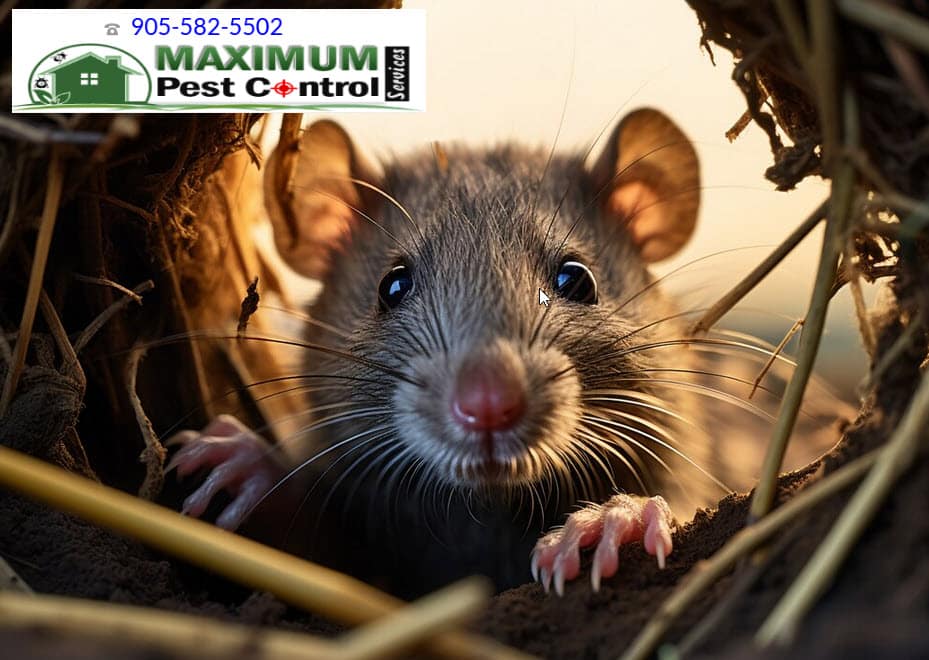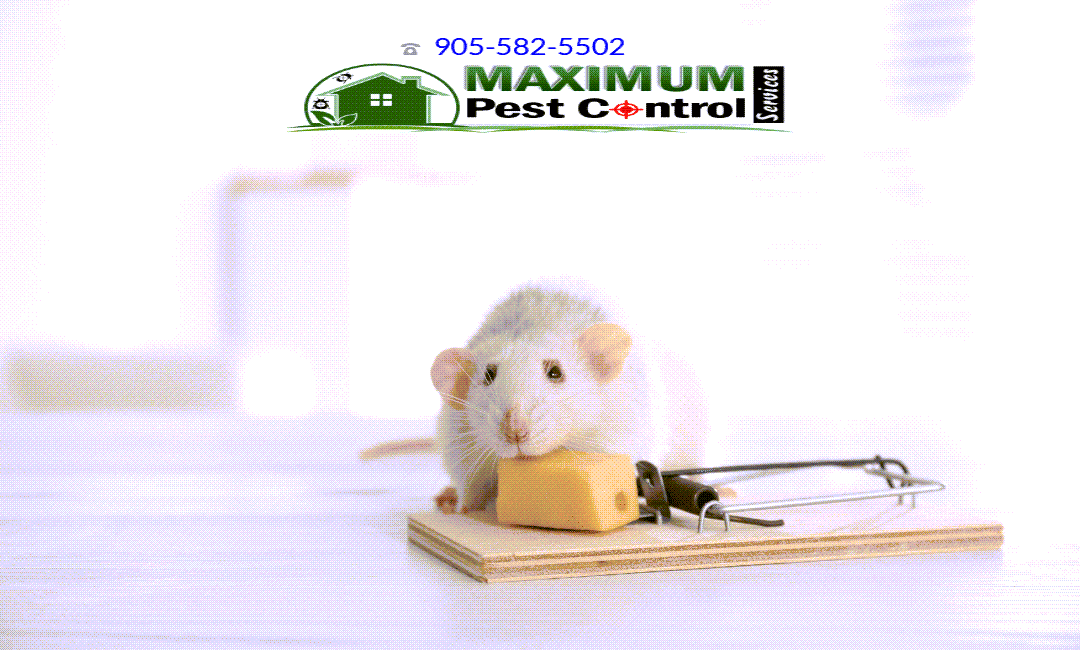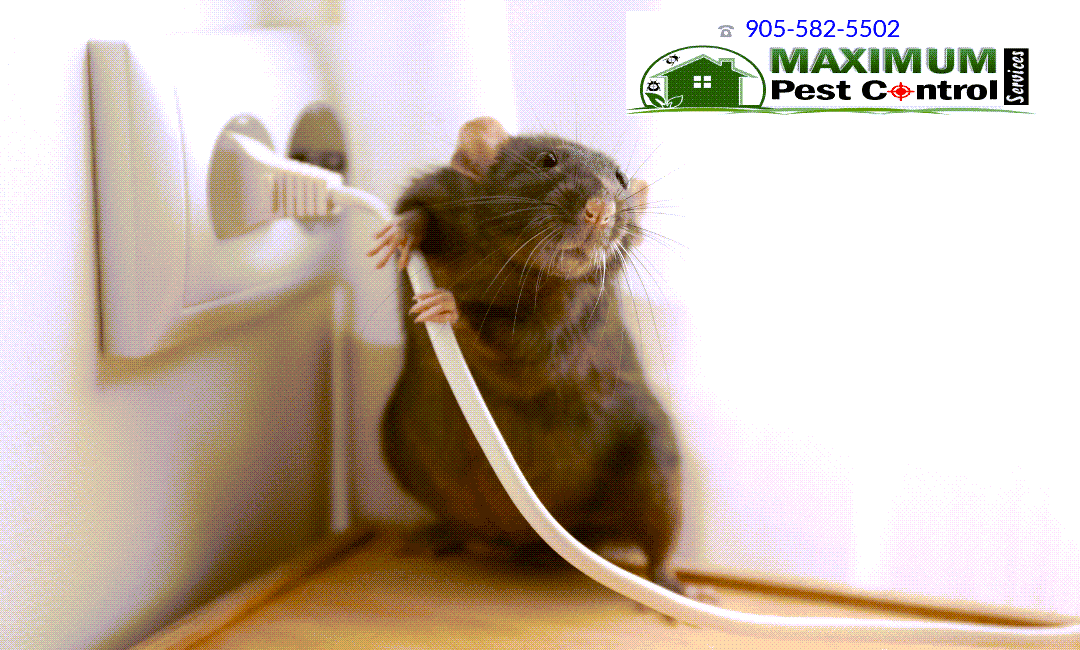
Roof Rats: Identifying and Eliminating These Sneaky Pests
Roof rats are incredibly destructive pests that can wreak havoc on homes and businesses. These agile climbers have no problem scaling walls and utilities to access upper levels, where they gnaw relentlessly on wiring, insulation, and structures to build nests.
Once inside, roof rat populations explode rapidly thanks to the rodents’ prolific breeding. Their urine trails and droppings spread contamination throughout buildings, while their constant chewing puts properties at risk of electrical fires and water damage.
Getting rid of an entrenched roof rat infestation requires much more than simply setting out a few traps. This post covers the key behaviours, risks, and professional control strategies for identifying and eliminating these sneaky pests before they take over.
Roof Rat Behaviour
Roof rats, also known as black rats or ship rats, are widespread rodent pests known for their exceptional climbing abilities and preference for living in elevated areas like attics, ceilings, and trees. These agile creatures get their name from their talent for scaling walls, cables, and vegetation to access upper levels of buildings.
Once they’ve settled into cozy upper spots, roof rats get busy gnawing through insulation, electrical wiring, plastics, and wood to create pathways and nesting areas. These chewed up materials serve as nesting fodder too.
Left unchecked, roof rat infestations can easily lead to fire hazards from exposed wiring, water damage from gnawed pipes, and contamination from droppings and urine trails throughout the home. Their constant scurrying noises in ceilings and walls are also a major nuisance.
Breeding Patterns
Roof rats breed rapidly, furthering their ability to quickly take over homes and buildings. These prolific breeders have a relatively short gestation period of just 21-23 days.
A single rat is capable of having up to 7 litters per year, with 6-8 pups in each litter on average. Do the math and one pregnant female can exponentially populate into dozens of rats in a matter of months if left unchecked. With their fast breeding cycles combined with excellent climbing abilities to access upper levels, roof rat infestations can spiral out of control before you know it.
What’s more, rat pups reach reproductive maturity at a young 2-3 months old. So those litters produce more litters in no time, perpetuating the cycle of rampant reproduction and re-infestation. Stopping roof rats in their tracks requires not just removing existing populations, but also thorough exclusion to cut off access to prevent new rats from simply recolonizing the same spaces.
Professional Roof Rats Inspection
When it comes to roof rat infestations, a thorough professional inspection is crucial for getting ahead of the problem. These rodents are experts at finding tiny entry points and creating hidden nesting areas throughout a structure.
An experienced pest control technician knows all the sneaky spots roof rats frequent – from roof edges and attic vents to wall cavities and crawl spaces. Using specialized equipment, they can detect evidence of rats you’d likely miss, like faint urine trails or gnawing damage. Inspectors also assess conditions conducive to rats, including clutter, moisture issues, and potential food sources.
A detailed inspection allows for targeted, effective treatment strategies tailored to the extent and location of the infestation. Simply laying traps randomly often does little against a full-blown roof rat colony. Professional inspections identify rat runways, nesting areas, and entry points that must be eliminated through an integrated pest management approach. This comprehensive inspection process is vital for evicting persistent roof rats for good.
Using Traps for Roof Rat Control
Trapping is an important part of any effective roof rat control strategy, but it has to be implemented properly for maximum impact. Simply scattering some snap traps here and there rarely gets the job done against a major infestation.
Professionals take a more strategic approach, using a variety of trap types placed along known rat runways and entry points identified during the initial inspection. Trapping works best when combined with rodent bait to draw rats in and exclusion efforts to cut off their access. Different trap styles like multiple-catch traps, electrocution traps, and glue boards each have their own advantages for capturing roof rats.
Proper trap placement is key – traps must intersect the rodents’ natural pathways in attics, wall voids, under cabinets and behind appliances. This concentrated trapping program, combined with sealing entry holes and eliminating food sources, steadily reduces the rat population until the infestation is controlled.
Effective Rodent Pest Control Methods
Dealing with rodent pests is a frustrating ordeal that requires a multi-faceted approach. These persistent critters can cause major damage by gnawing on wiring, insulation, and structures while also spreading contamination. Here are some of the most effective professional rodent control methods:
- Inspection and Monitoring: Before launching any treatment, a thorough inspection pinpoints rodent hot spots, entry points, and conducive conditions. Ongoing monitoring with tracking powders and cameras provides insights into activity levels and movement patterns.
- Sanitation and Exclusion: Eliminating food sources through proper sanitation and sealing up any potential entry points cuts off the rodents’ access to your property and reason for being there in the first place.
- Trapping: Strategic trap placement along known rodent runways and pathways helps control and reduce the population over time when combined with exclusion efforts.
- Baiting: Rodenticides placed in secure tamper-resistant bait stations can be an effective tool as part of an integrated pest management (IPM) program by professionals.
- A multi-pronged IPM approach incorporating inspection, sanitation, exclusion, trapping, and potentially baiting gives you the best chance at effective long-term rodent control and prevention.
Maintaining Landscaping Practices
Proper landscaping maintenance is crucial for preventing wildlife pests from taking up residence around your home or business. Overgrown bushes, trees, vines and other vegetation create ideal sheltered pathways and denning spots that attract all sorts of critters.
Keep trees and shrubs well-trimmed back from the building’s perimeter and roof areas. This eliminates easy climbing access while also removing potential nesting branches and limbs that could allow pests like raccoon’s, squirrels and rats to scamper right onto the roof. Clearing away any ivy, vines or ground-cover growing along walls and foundations is important too – these provide perfect cover for rodents and other wildlife to move about unseen. Regularly maintaining a vegetation-free zone around structures is a key preventative wildlife control measure.
Proper mulching practices in garden beds also help deter pests. Use coarse, dry mulches like bark chips rather than finer mulches that rodents can easily burrow into. Ensure mulch is several inches away from any buildings as well. These simple landscaping strategies make your property much less welcoming to wildlife explorers searching for food and shelter.
Conclusion
Getting on top of a roof rat issue requires professional inspection, monitoring, and an integrated pest management approach.
No amount of DIY trapping can effectively eliminate a well-established colony. Experts utilize strategic trapping, rodenticide baiting, sanitation, and exclusion methods to drive out existing infestations while cutting off access to prevent new rats from simply recolonizing.
Maintaining proper rodent-proofing through sealing entry points and vegetation control is crucial for keeping these persistent pests at bay long-term. Don’t let roof rats turn your property into their personal playground, get professional help from Maximum Wildlife experts to reclaim your space.






